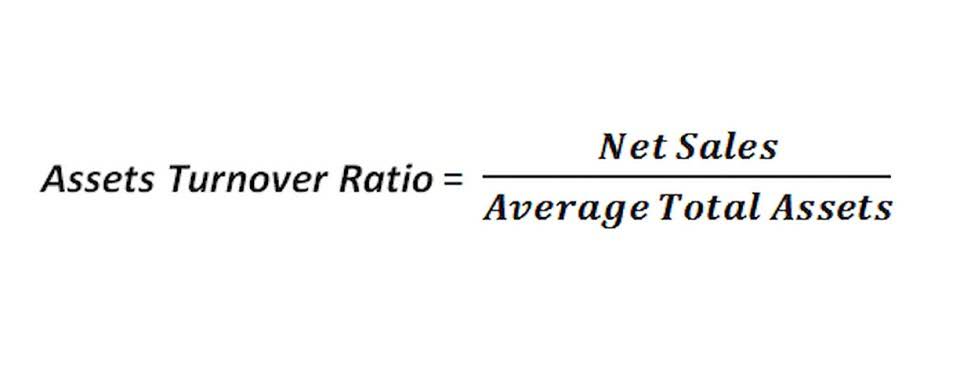
Paying in quarterly installments can make paying easier than one lump sum. This is especially true if https://www.bookstime.com/construction-companies you’ve underestimated your taxes. In the U.S., income taxes are collected on an ongoing basis.
Do I have to pay quarterly taxes if I am self-employed?
The IRS (and almost every state) allows you to pay online – and that is certainly the best option. The payment will end up where you want it to go, and you’ll know when the respective government receives it. You can also mail a check or money order to the IRS or the State, or pay through the IRS2GO mobile app, or by phone.
- It makes it possible to avoid underpayment and corresponding penalties—and a potentially high quarterly tax bill when you didn’t earn enough to pay it.
- Make ALL of your federal tax payments including federal tax deposits (FTDs), installment agreement and estimated tax payments using EFTPS.
- Because partners aren’t employees of the partnership, partnerships don’t withhold tax from their distributions to pay the partners’ income and self-employment taxes shown on their Form 1040, U.S.
- You’ll need to sign in or create an account to connect with an expert.
- A payment not postmarked on or before the due date will be considered late and you will likely be penalized.
- If you have the proper amount withheld, you may not need to make estimated tax payments and may not have to file Form 2210 with your tax return as you would if you only increased the remaining estimated tax payments.
Who Should Pay Estimated Quarterly Taxes?

Generally speaking, you either need to pay at least 90% of your current year’s taxes or 100% of your prior year’s taxes, whichever is less. If your annual income is above $150,000, then your second CARES Act option is to pay 110%, not 100%, of your prior year’s taxes. To put it simply, the IRS wants you to pay a sizeable portion of what you owe in taxes before April 15.
- To determine the right amount to withhold, use the Tax Withholding Estimator , available on IRS.gov.
- Alternatively, taxpayers can schedule electronic funds withdrawal for up to four estimated tax payments at the time that they electronically file their Form 1040.
- Please refer to Publication 505, Tax Withholding and Estimated Tax, for additional information.
- A penalty may also apply for late estimated tax payments even if someone is due a refund when they file their tax return.
- Tax year 2024 has limits of $191,950 and $383,900, respectively.
When can I avoid paying estimated taxes?

The IRS also charges interest on penalties, which can increase your tax bill even more. While specific dates could vary slightly from year to year, they will always fall in the middle of January, April, June, and September, typically on the 15th of the month. If the 15th falls on a weekend or federal holiday, the due date will typically be the next weekday.
- In some cases, though, the $1,000 trigger point doesn’t matter.
- There’s a lot of misinformation and misconceptions around estimated quarterly taxes.
- The 100% requirement increases to 110% if your adjusted gross income exceeds $150,000 ($75,000, if you’re married and file separately).
- Check your state tax department’s website for details, as state deadlines and rules may differ from federal ones.
- You can pay all of your quarterly taxes for the upcoming year by the first quarterly deadline of the year in April.
- Changes in your life, such as marriage, divorce, working a second job, running a side business, or receiving any other income without withholding can affect the amount of tax you owe.
- This may influence which products we review and write about (and where those products appear on the site), but it in no way affects our recommendations or advice, which are grounded in thousands of hours of research.
Taxes must be paid as you earn or receive income during the year, either through withholding or estimated tax payments. If you are in business for yourself, you generally need to make estimated tax payments. Estimated tax is used to pay not only income tax, but other taxes such as self-employment tax and alternative minimum tax. If you work as an employee, your employer likely withholds income tax for you and sends it to the IRS.

What are the estimated tax due dates for 2021?
Alternatively, you can estimate your taxes based on what you have already earned during the year. If you earn income unevenly – perhaps you earn 80% of your income in the summer months – then you can make unequal estimated tax payments. This process, which is known as annualizing your income, could help you avoid a penalty. If it turns out that you overestimated estimated tax or underestimated your earnings, you can complete another Form 1040-ES and refigure your estimated tax for the next quarter. When you file your annual return, you’ll likely need to attach an extra form — IRS Form 2210 — to explain why you didn’t send equal payments. If you paid too much, you can get a refund or apply the overage as a credit toward future payments.
